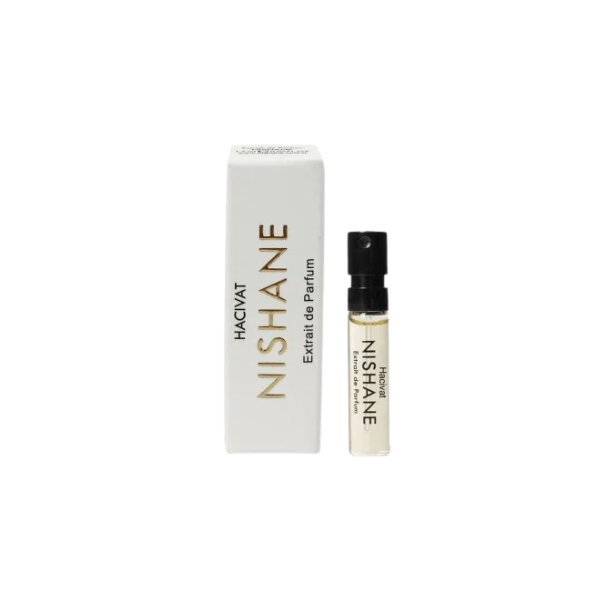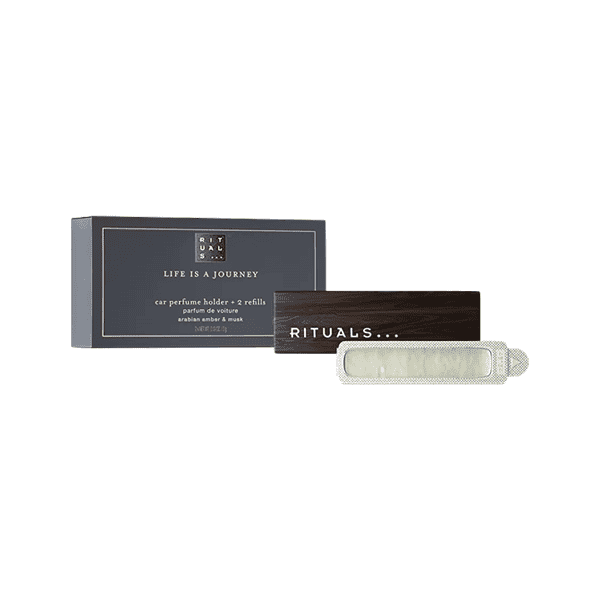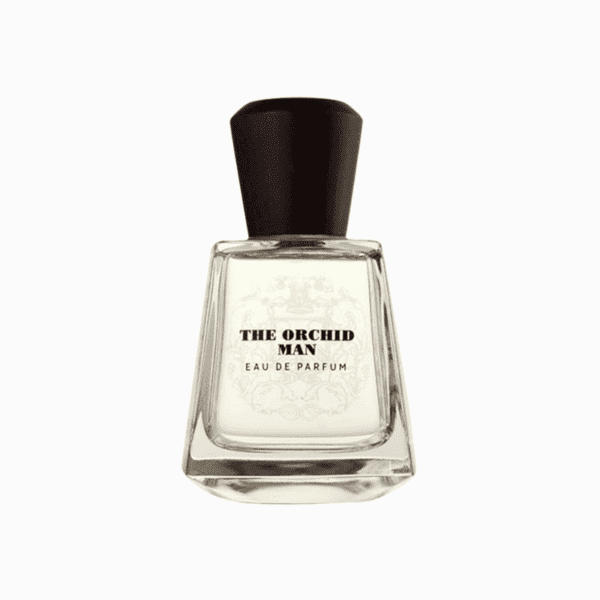Home / mossy perfumes
mossy perfumes
Nishane Hacivat Extrait de Parfum – Sample
Rated 5.00 out of 5
(3)
Select options
This product has multiple variants. The options may be chosen on the product page
Rituals Life Is A Journey Homme Autoparfum – Car Air Freshener
kr232,65 – kr452,06Price range: kr232,65 through kr452,06
Select options
This product has multiple variants. The options may be chosen on the product page
Frapin The Orchid Man Eau de Parfum
Rated 5.00 out of 5
(4)
Select options
This product has multiple variants. The options may be chosen on the product page
Mossy Fragrances
Known by many as ‘moss’ (‘evernia’ or ‘lichens’) this complex ingredient has been a staple of perfumery, serving as a binder, fixative, and contributor to some of the most iconic scents in history.
The history of mossy perfumes
Moss, with its primitive charm, holds an important place in olfactory history. The use of moss in perfumery can be traced to ancient Egypt, where fragrances were imbued with the essence of nature. Evernia prunastri, commonly referred to as ‘oakmoss,’ was a favorite due to its rich, woody aroma that echoed the echoes of the great pharaohs’ unparalleled legacy. A key moment in its popularity came during the heyday of chypre fragrances, where oakmoss formed the inimitable base note, adding depth and complexity to scents.
Mossy scents acros cultures
Moss’s immemorial appeal isn’t restricted to one culture. The Japanese concept of ‘forest bathing,’ or shinrin-yoku, celebrates the rebalancing and rejuvenating effect of nature, including the olfactory experience of moss-laden woods. Equally, the Celts’ reverence for the majestic oak tree, often bedecked with moss, made its aromatic profile an inescapable inclusion in their perfumed oils.
The future of mossy fragrances
In modern perfumery, the narrative of moss continues, albeit with a contemporary twist. Today, moss is an integral part of the olfactory palette, transitioning from ancient fixatives to refined accords where it still plays a starring role.
The ‘green’ accord, an effervescent breeze redolent of fresh-cut grass, harmonizes perfectly with the mossy note. This alliance infuses perfumes with a natural, earthy character, turning them into the quintessential ‘nature-in-a-bottle’ experiences. The resurgence of ‘green’ fragrances echoes the growing consumer sentiment for sustainability and all things organic.
The coming years will witness innovative extraction methods that leave the moss intact, relying on its unique ability to regenerate from a controlled ‘pruning’. Researchers are also investigating the use of renewable, moss-like materials that mimic the characteristics and fragrance notes of actual moss without harming the environment




